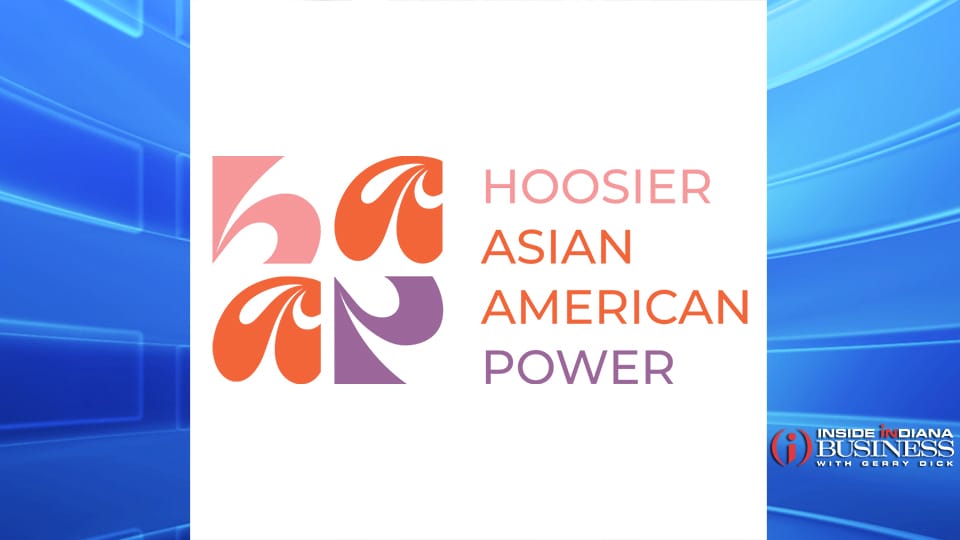Revamped not-for-profit aims to bolster Asian American power, encourage voting
Subscriber Benefit
As a subscriber you can listen to articles at work, in the car, or while you work out. Subscribe Now
Ahead of November’s consequential elections and a year after a violent hate crime in Bloomington, a new not-for-profit seeks to empower Asian American Hoosiers by mobilizing the community to vote and advocating for policies on issues they care about.
Hoosier Asian American Power is a nonpartisan civic organization focusing on issues important to the Asian American community, specifically women and non-binary people. Co-chair Melissa May Borja said the grassroots not-for-profit will focus on three major priorities: racial equality, reproductive rights and voter engagement and protection.
“One of our visions for this organization is for all Hoosiers—Asian Americans and non-Asian Americans—to recognize that our community matters, that our needs are real,” she said. “The ultimate guiding vision for us making sure that we are remembering that power and that we’re using that power really in a way that serves our community and the broader good.”
The organization, formerly known as the National Asian Pacific American Women’s Forum Indiana Chapter, recently reorganized and held a relaunch event Jan. 18 in Bloomington.
In the new independent iteration, Borja said it will allow them to focus more on what Asian Americans care about. The organization said it will build on its previous work to expand campaigns to build a safer, more inclusive Indiana, she said.
Co-chair Melissa May Borja talks about why they chose the name Hoosier Asian American Power and the organization’s goals.
The Asian community is rapidly growing in Indiana. From 2000 to 2010, the population grew by 73%, an increase of 43,348 people. The 2020 Census marked another significant increase of 64% in the last decade. Most recent data shows that 2.8% of Hoosiers identify as Asian alone.
Despite the growth in population, Borja said Asian American voters from around the state feel politicians are ignoring them and their needs. Part of their mission, she said, is to reverse that trend and cast light on this population.

A big focus for the group over the next few months is to gain an understanding about what Asian Hoosiers want and need, Borja said. She hinted at events gathering the community and giving a platform for people to share their experiences.
In the second half of the year, the focus will be on increasing the number of Asian Americans registered to vote and then informing them about their elections and encouraging them to go to the polls. They want to increase the community’s low rates by building on their work in 2020, which was its first statewide outreach and connected with people in five languages.
Top of mind for Borja and HAAP is House Bill 1264, which has the goal of election security by creating new requirements and allowing election officials to purchase commercially available data. Several voter rights advocates expressed their resistance to the bill, including Marion County Clerk Kate Sweeney Bell who said county clerks “aren’t immigration attorneys.”
Battling racism
Asian Americans have a reputation of being economically and educationally well off, Borja said, but that doesn’t mean they don’t experience racism. She mentioned the narrative of success, a “model minority myth,” and how it can erase the many in the community who struggle, especially refugees and new citizens. Indiana also has a higher poverty level in this demographic compared to the national average.
Racism is happening regardless of a person’s tax bracket, she said. And the pandemic has intensely escalated the number of targeted anti-Asian hate crimes, misconceptions and micro-aggressions. Pew Research Center data shows that, since 2020, one in three Asian people report knowing another who has been threatened or attacked because of their race and ethnicity.
“On some measures, Asian Americans seem to be doing quite well,” Borja said. “The reality is they still experience racism on the basis of what they look like, what language they speak, which countries they might have connections to—and that’s very concerning.”
Last year, a Bloomington woman stabbed an 18-year-old Indiana University student in the head because the student appeared to be Chinese. The victim recovered, and the woman faces a federal hate crime charge, attempted murder and other criminal charges.
The incident is among several other anti-Asian incidents and acts of violence across the country alarming the community. A family was attacked and stabbed in 2020 at a store in Texas after a man said they were “Chinese and therefore responsible for the Covid-19 pandemic,” and eight people died in a string of racially motivated shootings at Atlanta spas in 2021.
As violence and microaggressions populated during the pandemic and with a hate crime close to home, Borja said that is even more motivation to fight back against racism and for better policies.
“We know that making sure our state is safe and inclusive for Asian American Hoosiers is a top priority,” Borja said. “So we’re really leaning into a concern that so many Asian Americans have at this particular moment.”
A big part of the organization’s strategy, she said, is pushing for equality in tandem with other communities of people who experience racism. Though people come from different backgrounds and with unique interests, Borja said they ultimately share the same goals, and they can’t make progress toward that goal alone.
“The reality is we can’t disentangle our story from the broader story of racial injustice in the United States,” she said, “And we really see the way forward as involving working in collaboration and in solidarity with other groups.”
